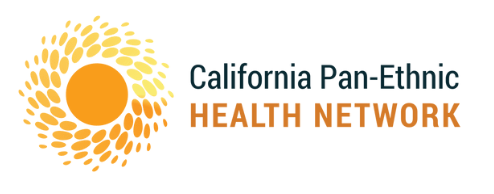Welcome to Friday Facts! Each week we’ll be taking a look at a specific chart from the Data & Resources section of our website. This week we’re focusing on the percentage of children, by race and ethnicity, living in poverty in Sacramento County.
One key determinant of health is family economics. In our 2012 report, The Landscape of Opportunity: Cultivating Health Equity in California, we discussed how living in poverty can impact a person’s health. For example, we found that, according to the California Health Interview Survey, the rates of self-reported poor or fair overall health are much higher for those who are living below the Federal Poverty Level (FPL), which is currently $11,770 a year for an individual and $24,250 for a family of four.
For today’s Friday Facts, we’re taking a look at a particularly vulnerable population in a location best known as the seat of power for the state. As you can see from the table on our website, there are high rates of poverty among children in Sacramento County. In particular, children in communities of color experience high rates of poverty. For example, African American children (42.2%) are nearly three times as likely to live in poverty as their White counterparts (14.8%). Latino children (34.8%) and Asian children (22.2%) are also more likely to live in poverty than White children.
According to the Sacramento Children’s Coalition Children’s Report Card, the county had experienced a slight downturn in children’s poverty before 2007, but after the economic downturn late last decade, the numbers began to rise again. The Report Card also finds that more than 100,000 children currently live in poverty in Sacramento County, and that these children are more likely to experience a lower quality of life as adults, including poorer health, educational attainment, and employment outcomes.
What’s even more distressing is that FPL is a very low boundary for poverty. As we stated in our The Landscape of Opportunity report, many feel that FPL no longer adequately represents poverty in our communities:
“Many see FPL as an outdated measure that does not take into account what families need to earn to meet basic needs. A more realistic analysis of what families need is the Self-Sufficiency Standard, developed in 1996 by Dr. Diana Pearce and updated in 2008 with support from the Insight Center for Community Economic Development. This standard ranges, depending on county, from roughly $37,000 to $63,000 for a family of two adults and one child, and is a better indicator of how much money a family needs to pay for basics like food, housing, medical care, and other expenses.”
Currently, the Self-Sufficiency Standard for a family of two parents and one school-aged child in Sacramento County is an annual income of $48,335. This number is significantly higher than FPL, as is evidenced by the fact that while 20.7% of Sacramento County families with children live below FPL, over half (51.1%) live below the Self-Sufficiency Standard.
These numbers show the vital importance of protecting our safety net programs. We advocate for strengthening the safety net each year in the state budget, and we would love your support in these efforts. If you are working to alleviate poverty in Sacramento County, please share your experiences and any resources you may have in the comments.
